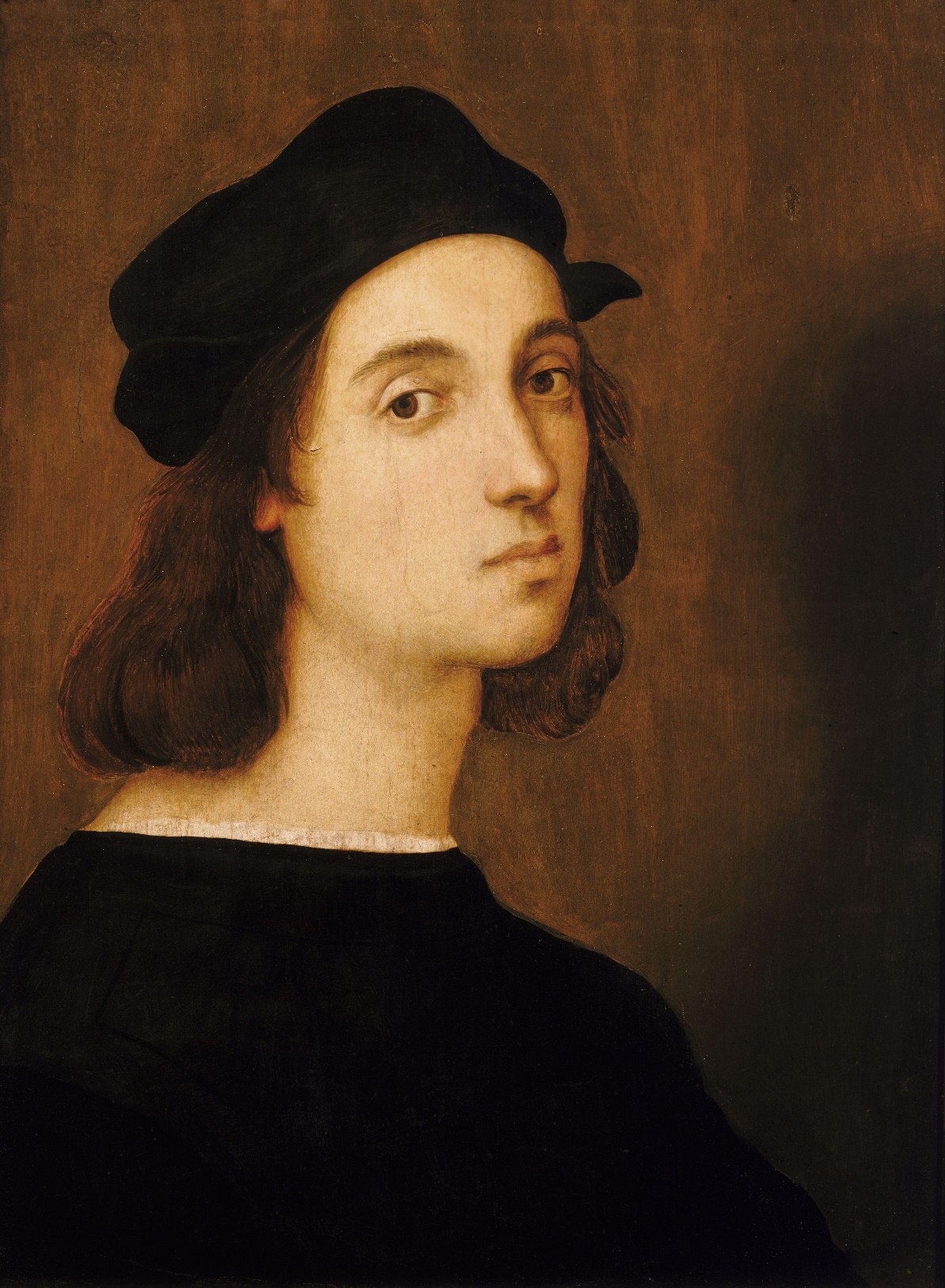Introduction
Self-portrait by Raphael is a magnificent artwork that perfectly encapsulates the spirit of the Renaissance. It reflects the spirit of innovation and experimentation that prevailed at the time. The portrait is also a notable example of portraiture, which sought to portray the subject’s likeness accurately. In this essay, the author will examine Raphael’s Self-portrait’s formal elements and historical setting and make a case for its ongoing significance in the modern world.
Identification
Self-portrait is a famous work of art created by Raffaello Sanzio da Urbino, also known as Raphael. A product of the cultural group of the Italian Renaissance, which saw a resurgence of interest in classical art, the artwork is painted using oil on wood, a common medium of the time. It is thought to have been finished during Raphael’s formative years in Florence in 1506 (Collins). The self-portrait depicts an attractive young man with a dignified expression, wearing black clothing and a dark cap (Figure 1). He is pictured with his head turned as if to greet the viewer while standing in front of a plain, dark background.

Formal Analysis
Raphael’s Self-portrait is a remarkable work that displays the artist’s proficiency with the medium. Raphael brilliantly manipulated oil’s fluidity and blending capabilities, which are its main strengths. Raphael painstakingly sculpted each line, curve, and shape to portray himself realistically. With a few strong lines in the contours of the face and hair, the lines that define the shapes in the composition are curved (Olszewski 32).
Warm colors with a variety of oranges, browns, and yellows give Raphael’s Self-portrait a feeling of richness. The artist’s face is placed in the middle of the canvas in a somewhat asymmetrical composition. Raphael’s body is positioned at an angle that hints at movement and a connection to the background of the painting. His face is the painting’s focal point, and the composition is simple and elegant. Thus, Raphael’s continuous use of line, contour, and shape produces a sense of balance and harmony.
Contextual Analysis
Raphael is frequently regarded as the height of artistic excellence in Western art history. Born in Urbino in 1483, he received training in his father’s studio; he had phenomenal skill, and by his early twenties, he was known as one of the most talented artists of his time (Nelson and Zeckhauser 27). Raphael produced his self-portrait during the High Renaissance, which was characterized by classicism and humanism.
Besides Raphael’s artistic mastery, the artwork reflects the High Renaissance’s cultural landscape. Like others of his time, Raphael expresses his personality and recognizes his artistic abilities by portraying himself with such assurance and poise (Boschloo 56). As for the technique, Raphael employs period-typical methods of dramatic light and shadow. Raphael’s warm, golden skin tones and attire stand out against the backdrop, giving the scene depth and texture.
Insight
The eternal beauty of Raphael’s Self-portrait is one of the reasons it remains meaningful today. The work of art illustrates the creative brilliance typical of the Renaissance. Every aspect of the painting, from the delicate shading on Raphael’s face to the exquisite folds of his garment, demonstrates the painter’s command of color, light, and form. Using chiaroscuro, a technique that highlights the contrast between light and shadow, gives the painting an almost natural feeling of depth and three-dimensionality.
Conclusion
The Self-portrait by Raphael is a masterpiece that speaks to the most profound qualities of the human spirit and transcends space and time. Its lasting value stems from its capacity to articulate the complexity of identity and self-expression. Since self-portraiture has become such a common form of self-expression, Raphael’s painting has continued to impact later generations of artists. As a result, it serves as both a reminder of the universal significance of the human experience and a testimony to the aesthetic brilliance of the Renaissance.
Works Cited
Boschloo, Anton B. A. “Perceptions of the Status of Painting: The Self-Portrait in the Art of the Italian Renaissance.” Modelling the Individual: Biography and Portrait in the Renaissance, edited by Karl A.E. Enenkel, Betsy de Jong-Crane, and Peter Liebregts, BRILL, 2022, pp. 51–74.
Collins, Michael. Raphael’s World. Messenger Publications, 2020.
Nelson, Jonathan M., and Richard J. Zeckhauser. “Risky Business: Commissioning Portraits in Renaissance Italy.” Social Science Research Network, 2019. Web.
Olszewski, Edward W. “Raphael’s Uffizi Self-PortraitRevisited.” Source-notes in the History of Art, vol. 36, no. 1. 2016, pp. 27–37. Web.
Raphael. Self-Portrait. 1504-1506. The Uffizi Gallery, Florence. Ufficio Ricerche Centro di Documentazione. Web.